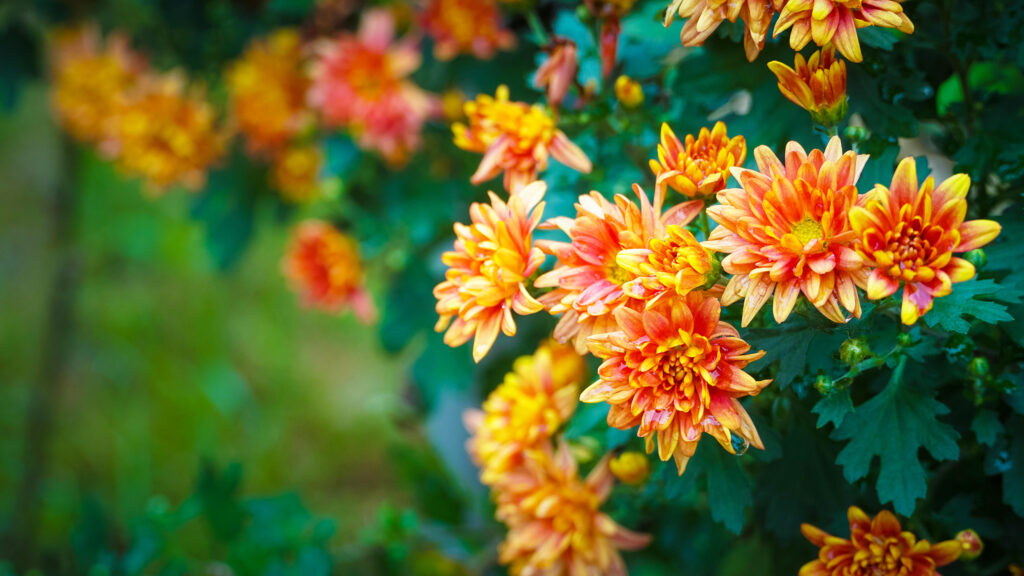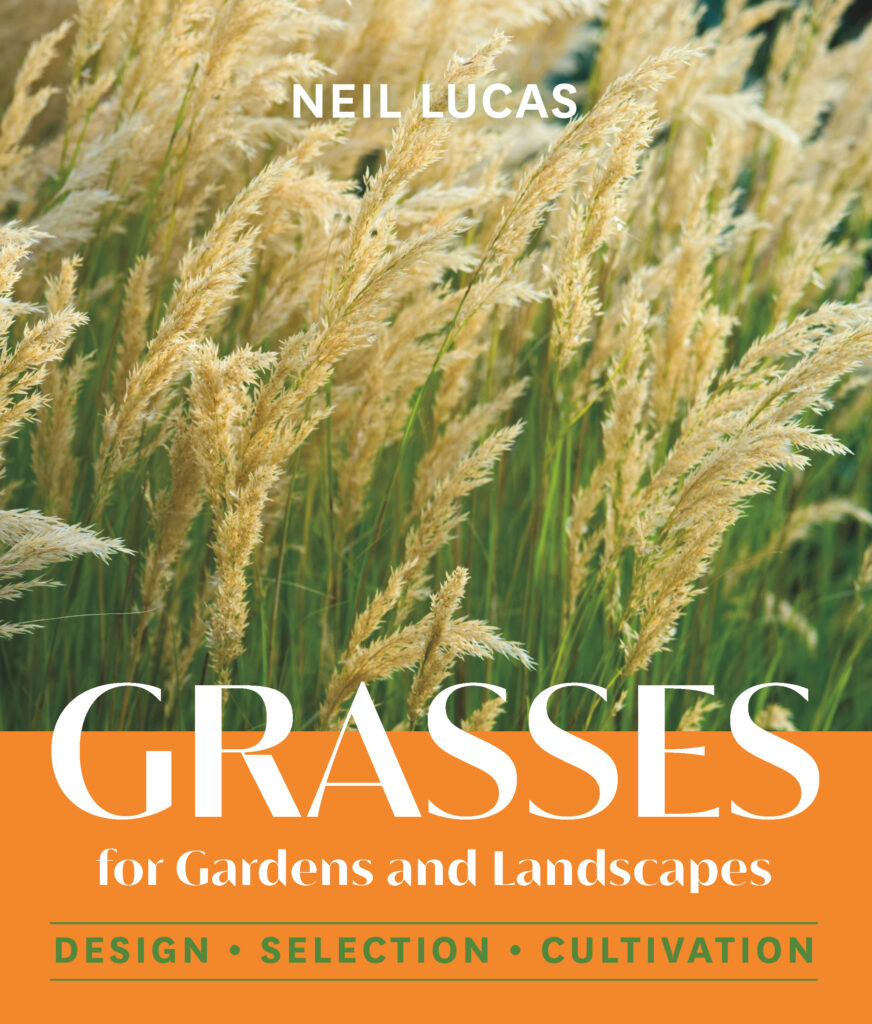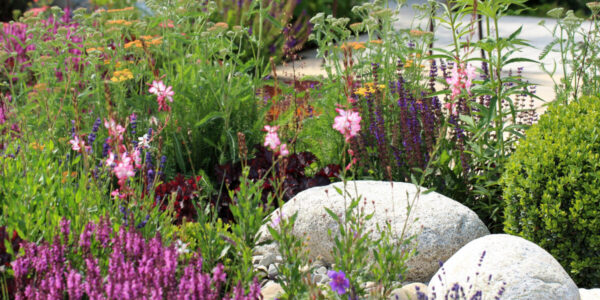
10 Things You Need to Do In Your Garden Before the End of Summer
What to do in your garden no matter where you are in the West.

Neil Lucas, from Grasses for Gardens and Landscapes
Wondering what to do in your garden during those last days of summer? And how can you prep your outdoor space for fall and beyond? Our checklist will help.
Plant
- Grow seedlings of herbs such as chervil, dill, and watercress in well-draining soil in a location that receives four to six hours of sunshine. Once plants are established, snip leaves to add to salads.
- For fall color, plant asters, crimson flags, dahlias, mums, and pansies in pots. Use high-fired glazed containers instead of standard terra-cotta, which often breaks apart in winter.
- Sow seeds for cool-season root crops such as beets, radishes, rutabagas, and turnips in an area with full sun and well-amended soil.

Junjie Tam/Unsplash
Maintain
- Check drip-irrigation lines for leaks. Because they discharge water slowly, it’s easy to miss problems until plants start dying.
- Build a compost pile now where you want to plant a tree next spring. When planting time comes, the ground will be easy to dig and full of nutrients—just what your new tree wants.
- Pull weeds by hand or spray with undiluted white household vinegar. White vinegar will kill most weeds, including thistle; large, established weeds may require multiple applications.
- If honeybees and other pollinators are scarce in your garden, hand-pollinate plants by using a fine-tipped paintbrush to dab pollen from one flower and deposit it in an adjacent one.
- “Summer-dormant grasses are found in warmer climates such as the Mediterranean and areas with similar conditions, like California, where without supplemental irrigation, plants would usually close down due to hear and a lack of moisture, rather than winter cold and wet. With respect to maintenance, the process is very similar to that of winter-dormant grasses in that old stems can be cut down at some point during dormancy, either late in the season and before autumn rains (so their strawy silhouette can be enjoyed), or earlier in the season to reduce possible fire risk in sensitive areas,” says Neil Lucas in Grasses for Gardens and Landscapes.
Protect
- Rinse off the foliage on all your plants several times during the hot season to reduce pest pressure, namely pesky mites and whiteflies. (Your greenery will look nicer, too!)
- Check tomatoes for leaves that are yellowing or wilting after watering—both are signs of fusarium wilt. Toss infected plants into the green-waste bin. To avoid the soil-borne fungus next year, select disease-resistant varieties, marked with an F on their plant tag, and don’t grow tomatoes in the same spot.
- Move houseplants away from windows if their leaves seem to be burning in the strong sun. Be sure to keep plants watered in air-conditioning; dry air is hard on them.

From Grasses for Gardens and Landscapes
We only recommend things we love. If you buy something through our site, we might earn a commission.
